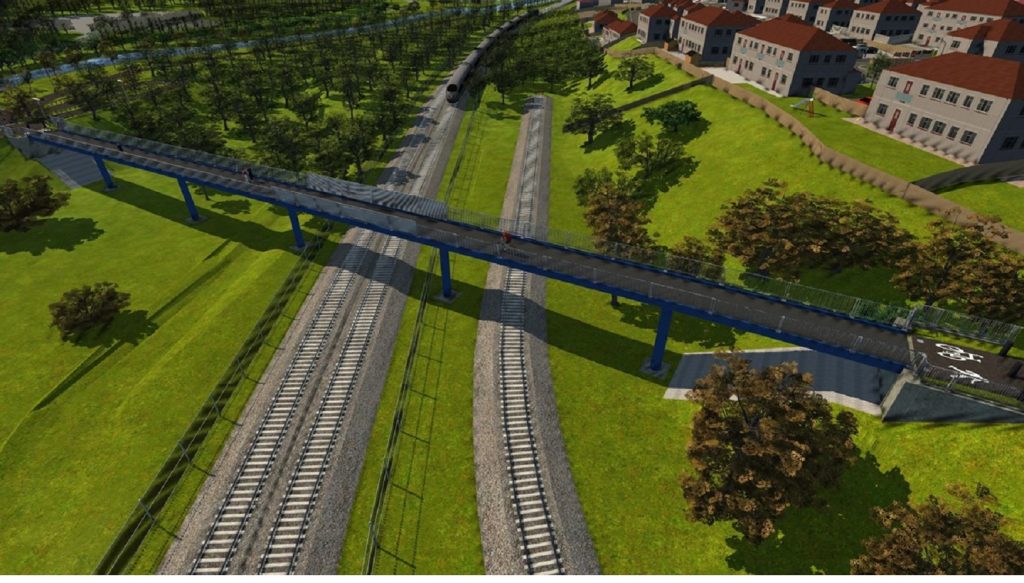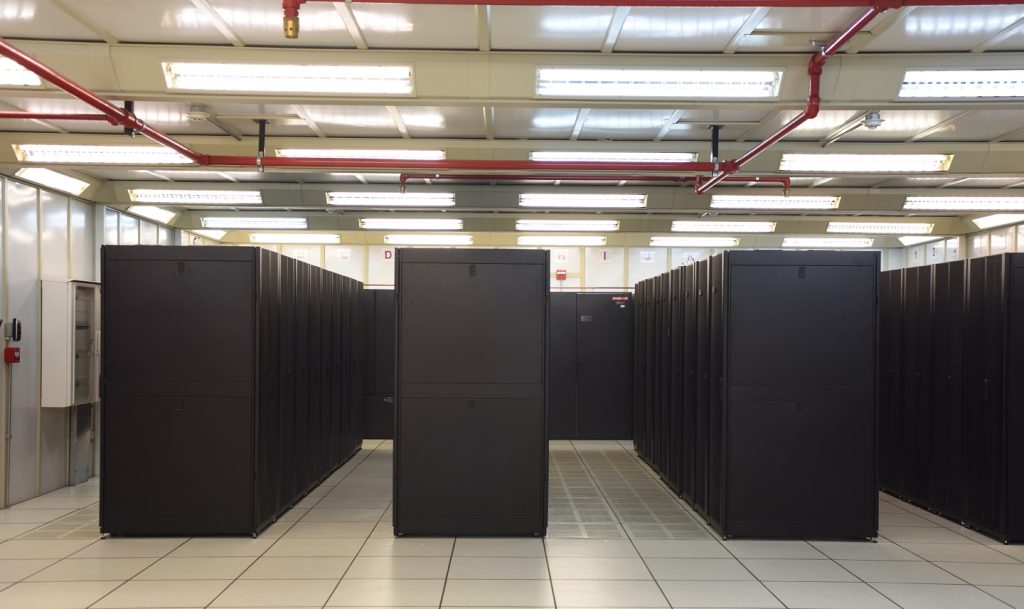Fife Council has received a planning application from UK’s Network Rail to construct a bridge over the new Levenmouth Rail link in Scotland.
The £116.6m Scottish Government-funded Levenmouth rail link project will restore the railway line between Thornton Junction and Leven in Fife, Scotland.
The bridge will serve as a safe crossing point over the latest railway.
The structure will preserve the route between Kirkland and Mountfleurie and is part of Fife Council’s upgrade and development of active transport routes in the area.
Network Rail senior sponsor Martin McKinlay said: “We’ve been working closely with Fife Council to develop a plan which means people can still cross the railway at this well-used crossing point.
“The proposals come at a time when people locally can see the railway becoming a reality. The track is now in place through this location and is moving closer to the site of the new Leven station.
“Our attention can now turn to how we enable people to safely cross the railway in the future and the intention is to have this structure in place prior to the railway opening.”
Construction of the bridge and its related paths and cycle paths will commence later this year, with a diversion route in place.
The project is expected to be completed before the railway opens in early 2024.
McKinlay added: “Given that this is such a significant structure, we know that there will be some disruption during its construction as the path will need to close. This is to allow the work to be delivered safely and we will do what we can to minimise any inconvenience.”
Fife Council received funds from the UK Government’s Levelling Up Fund to establish the Levenmouth active travel network.















